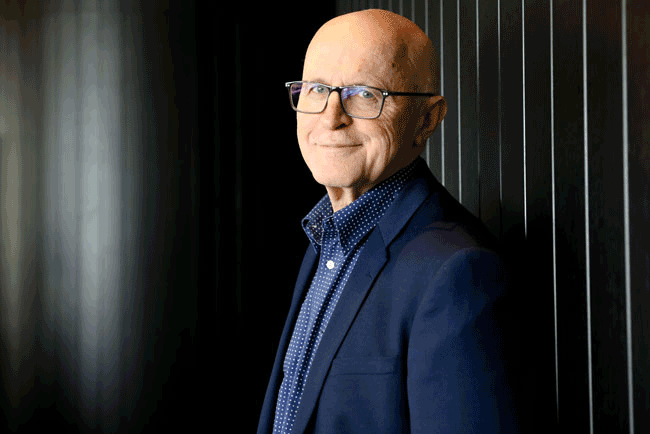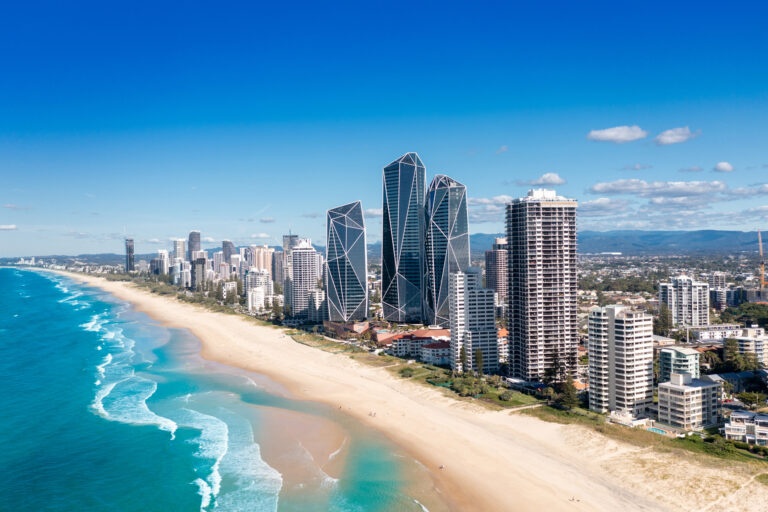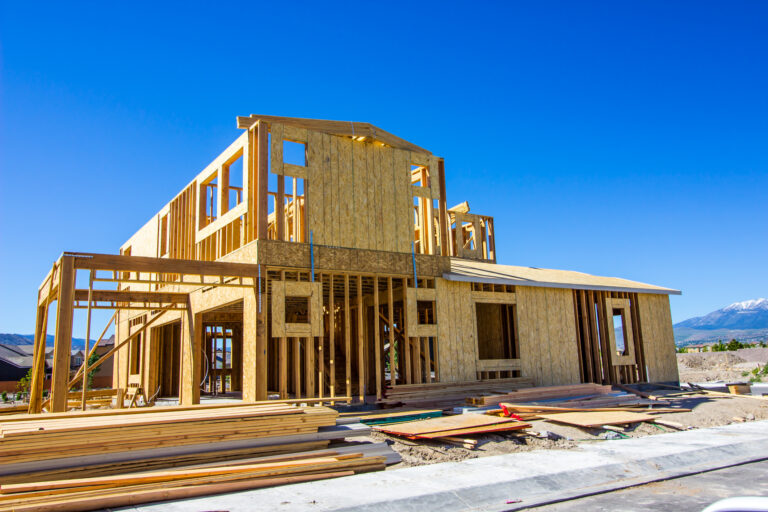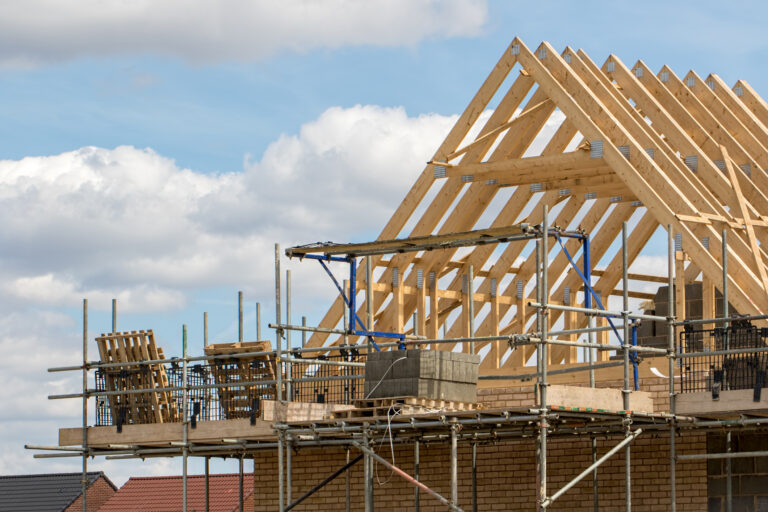Australian Property Update – November 2022

Terry’s View
Real estate consumers have been drowning in forecasts about big decreases in prices – from the people I call the usual suspects, who have such bad track records in predicting property prices. So it’s refreshing to see a credible figure actually predicting that prices will rise in 2023 – and getting big media coverage for it. Louis Christopher of SQM Research has published his Housing Boom and Bust report, which forecasts recovery in the major cities. He presents a range of scenarios with different estimates of the impacts on property prices: under his base case, Christopher assumes unemployment will not rise very high, inflation will peak and then come down, and the RBA will stop lifting interest rates in the first half of 2023. Under this base case, he expects house prices to rise in 2023 in all capital cities except Darwin. He is projecting moderate but solid price growth generally, with the capital city average being a rise of up to 7%. While this forecast is encouraging, I think he is being quite conservative. I think price growth in 2023 will be more bullish than that.
Brokers Push Back On Bank
Cashback Mortgage refinancing is hitting record highs with borrowers looking for better deals as interest rates continue to rise. According to the latest figures, in August there were $19 billion worth of refinanced loans while new lending figures have dropped by 25% since the start of the year to $25 billion per month. The mortgage broking industry is now accusing banks of “borderline misleading behaviour” with its push to encourage people to refinance by offering cash back incentives. Finance Brokers Association managing director Peter White says, while banks offer cash back incentives, it is the brokers who effectively end up subsidising the deals. He says brokers must pay back a tiered amount of their initial commission from the banks if a borrower refinances within two years. The FBAA is preparing a report on the issue for Financial Services Minister Stephen Jones in an effort to have him review the situation. It wants to limit the cost of cashback to mortgage brokers. PropTrack executive manager economic research Cameron Kusher says the banks know the refinancing market is going to be very strong in the next six months and they are doing what they can now to increase their market share. Reduce Home Loans is offering $10,000 cashback; uBank $6,000 on loans of $1m or more and $4,000 on loans under $1m; AMP is offering $5,000; Bank of Melbourne, St George and RAMS are all offering $4,000, all with conditions.
Buying Smaller Can Achieve Big Savings
One way home-buyers can make big savings is to compromise on the size of home they want to buy. Analysis in the Domain House Price Report for the September Quarter shows buyers can save up to $335,000 if they opt to buy a three-bedroom house instead of a four-bedroom house. In Sydney the median price for four-bedroom houses is 335,000 more than the median for three-bedroom houses. In Hobart the gap is smaller but still significant at $225,000, Adelaide $172,250, Melbourne $135,000, Perth $133,000 and Brisbane $108,700. Real Estate economist Diaswati Mardiasmo says financially it is a worthwhile compromise for younger home-buyers. “When we look at the cost of living, mortgages are getting more expensive,” she says. When it comes to the unit market, home-buyers in almost all capital cities will pay more for a twobedroom house than a two-bedroom unit. Sydney had the biggest difference of $180,000, followed by Melbourne’s $145,000 and Perth’s $85,000. It was only in Brisbane where a two-bedroom house was cheaper than a two-bedroom unit by $21,000.
Home Loan Borrowers In A Fix
Recent interest rate rises have increased the number of mortgage holders seeking to lock in fixed rates. A series of rate rises since May 2022 means some homeowners are now paying around $1,000 each month more than they were earlier this year. Lenders report a surge in interest for fixed rates, but analysts question whether that will be necessary. Most variable rates sit below 5% but very few lenders are offering fixed rates below that level with the big four offering fixed rates between 5.29% and 6.69%. That means changing now could result in borrowers paying even more than they are currently paying and it could take another three or more rate rises before it breaks even. Some analysts predict the official interest rate will stop at 3.1%, but others predict it will reach 4%. There is also some speculation that the RBA may start cutting rates in late 2023. For those who fixed their rates in 2020 and 2021, there is a financial shock awaiting them, with estimates that there is $400 billion worth of fixed-rate home loans due to expire by the end of 2023 which equates to about $12 billion worth of additional repayments. “Invariably as buyers’ borrowing capacity has been reduced with interest rate hikes, the reality is people are having to work off amended budgets, and they have to look at slightly different configurations,” she says.




